Charging an EV without a home charger
Thursday 29th September 2022

With a home chargepoint installed, replenishing the battery on your electric car couldn’t be easier. Simply plug in the cable and then go and watch TV, or enjoy a good night’s sleep, before setting off again with plenty of range available for whatever comes up during the day.
The problem is that there are more than seven million people in the UK living in flats and maisonettes and about the same again living in terraced houses. In other words, most of us are likely to find that charging at home is a complete non-starter. So, what do we do? Do we give up on the idea of switching to a pure EV? Far from it.
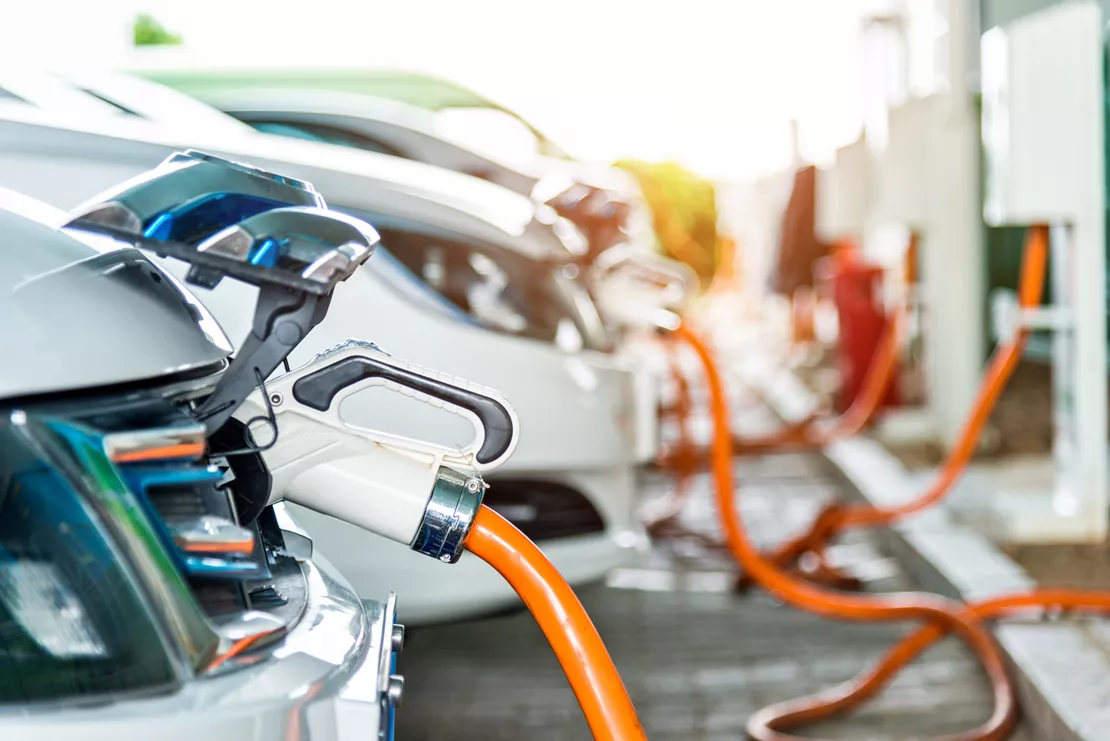
1. Are there enough public chargepoints for everyone?
The obvious answer is to make use of the public charging infrastructure, but are there enough chargepoints for all the EV drivers on the road and is it practical to rely on charging up when out and about?
As of July 2022, Zap-Map shows that the UK now has over 20,000 charging locations, 33,000+ charging devices, and more than 54,000 connectors. The growth is so rapid that, by the time you read this article, the figures are likely to have changed many times over and they are only going in one direction.
To illustrate the point, the fossil fuel giant Shell are planning to have 100,000 charge points by 2030 and, in March 2022, BP announced a £1 billion investment in their UK EV charging infrastructure over 10 years.
To put these statistics into context, there are less than 8,500 petrol stations in the UK which, perhaps surprisingly, is a 36% drop since the year 2000.
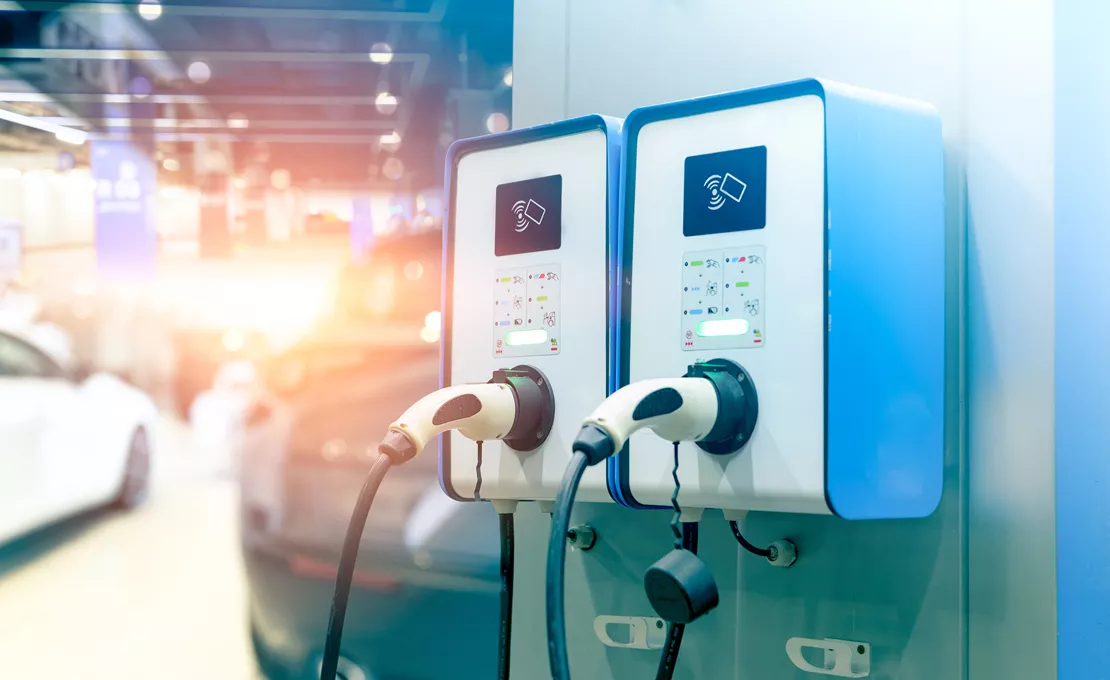
2. Are public chargepoints fast enough for busy drivers?
The great advantage of having a charger at home is that you can plug it in when you get home at night and it’s all ready for you in the morning. On the other hand, public charging is a far more time sensitive affair and so it’s vital that there are enough high-speed chargers available at convenient locations. Currently, the EV chargepoint profile looks like this:
| Device Type | Current total | % of chargpoints |
| Slow (3-6kW) | 8,209 | 24.7% |
| Fast (7-22kW) | 18,988 | 57.1% |
| Rapid (25-99kW) | 4,245 | 12.8% |
| Ultra-rapid (100kW+) | 1,839 | 5.5% |
| Total | 33,281 |
However, it’s not just about speed. Location and convenience of access is just as important, which is why, out of the 100,000 Shell chargers currently being rolled out, 11,000 will be rapid chargers, installed at charging hubs, forecourts, and supermarkets across the UK.
It’s clear that bp, Shell, and others are investing heavily in creating a UK-wide charging infrastructure that’s capable of supporting the millions of drivers without a home chargepoint to fall back on. And with many EVs able to draw enough power to last 100 miles in around 30 minutes, and most car journeys being less than 5 miles, a quick charge can last quite a long time.
Then again, we still need a charging solution that works for all journeys, not just most of them — most of the time. Achieving this requires a solution that’s part infrastructure, part mindset.
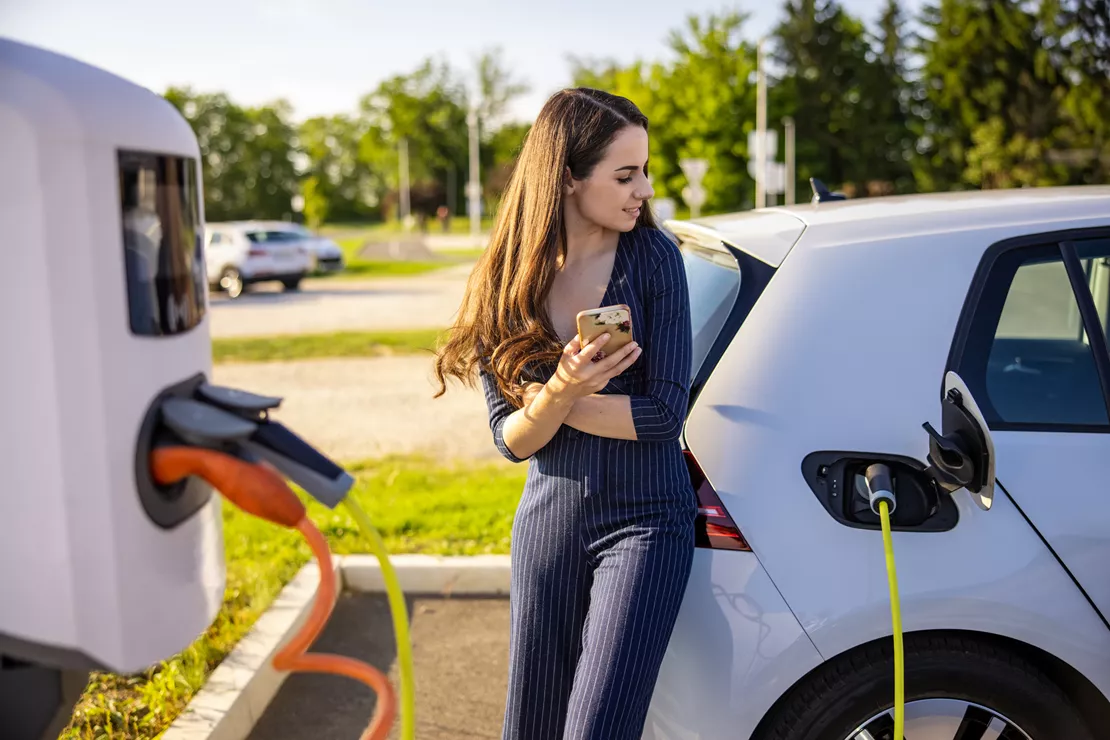
3. How and when to top up
We’re all accustomed to stopping off at a petrol station whenever we are getting low on fuel and, whilst many people feel uncomfortable letting the needle drop below ¼ of a tank, some of us leave it till the last minute before filling up again. Whichever camp you fall in to, you’ll know that refuelling with petrol or diesel can be done quickly and we might even get a drink and a snack when we’ve finished.
Whilst ultra-fast batteries, such as those being developed by StoreDot, are promising 100 miles of range from a 5 minute (or less) charge, the reality is that recharging currently takes a little longer than we are used to. And it’s here that the change of mindset comes in.
You might know that charging an EV will take longer than refuelling a petrol or diesel car, but did you also know that there’s no need to stand next to the car whilst this happens? And it’s this fundamental difference that becomes the key to always having enough charge. With charge points popping up in supermarkets, shopping centre car parks, leisure facilities, offices and on-street parking bays, there are more opportunities than ever to charge up your car whilst carrying on with more important things, like the weekly shop, some much needed retail therapy, or even a game of squash.
However, it’s important not to fall into the trap of recharging your car simply because there happens to be a chargepoint close by. In fact, research shows that the ideal conditions for protecting lithium-ion battery life is to charge from 10% to 80%. Not everyone will be comfortable letting it go that low, but the basic principle still applies and avoiding a full charge leaves enough space for regenerative braking to convert kinetic energy into useable battery energy.
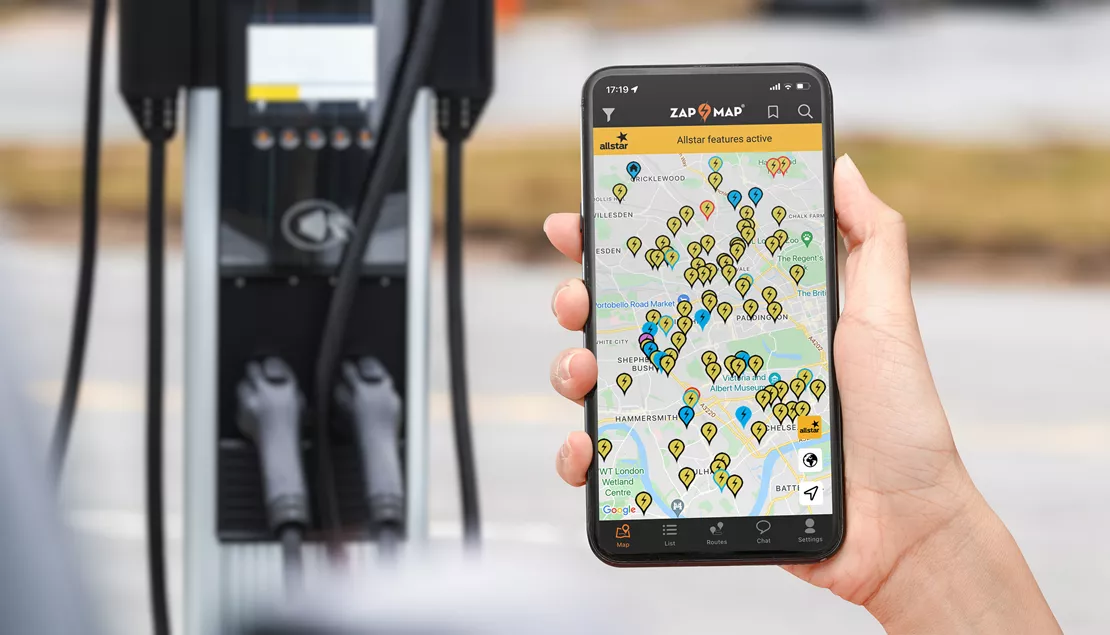
4. A bit of planning goes a long way
The final point to remember is to make use of route planning apps and sites such as those provided by Zap-Map, Google Maps and bp pulse to make sure that you can easily stop and recharge at the most convenient time.
And, whilst the government wants the payment infrastructure to be simplified to allow cross network ‘roaming’ so that drivers can using any public chargepoint with one membership card or smartphone app, creating accounts with leading providers in your area, or along regular routes, can be the most cost-effective way to charge on the road.
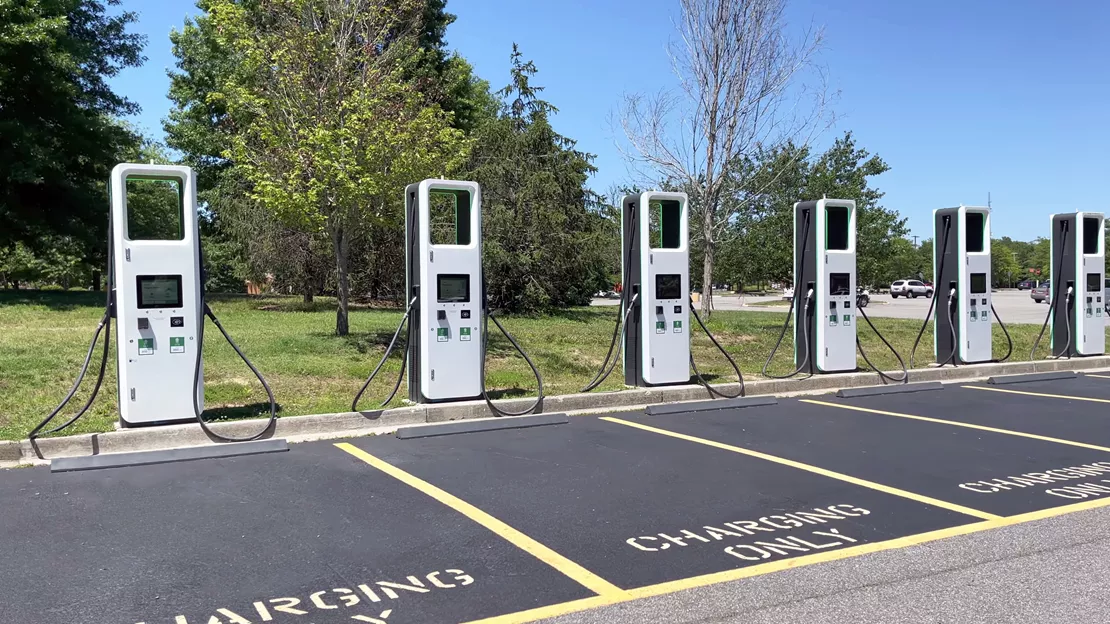
Find your EV
As you can see, living in a flat, maisonette, or terraced house where home charging is simply not practical, might mean taking a different approach to recharging your EV, but it shouldn’t stop you make the switch.
Public charging is getting quicker and easier all the time and, with government incentives such a ultra-low rates of Benefit in Kind (BIK) tax for company car drivers and exemptions from congestion charging only likely to be available for a limited time period, now is a great time to find the best EV for you.

